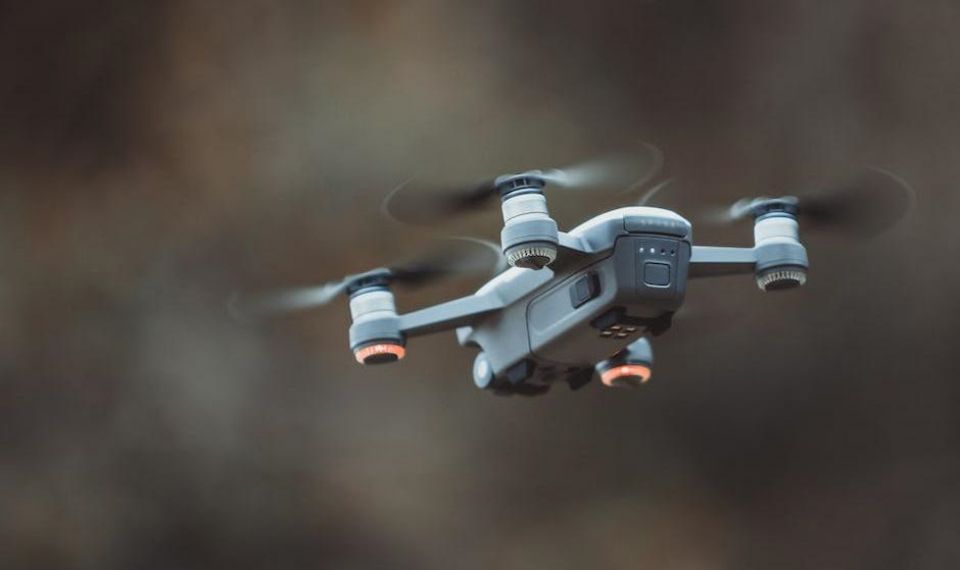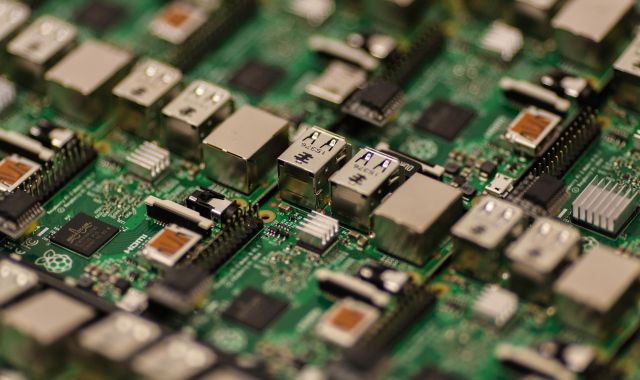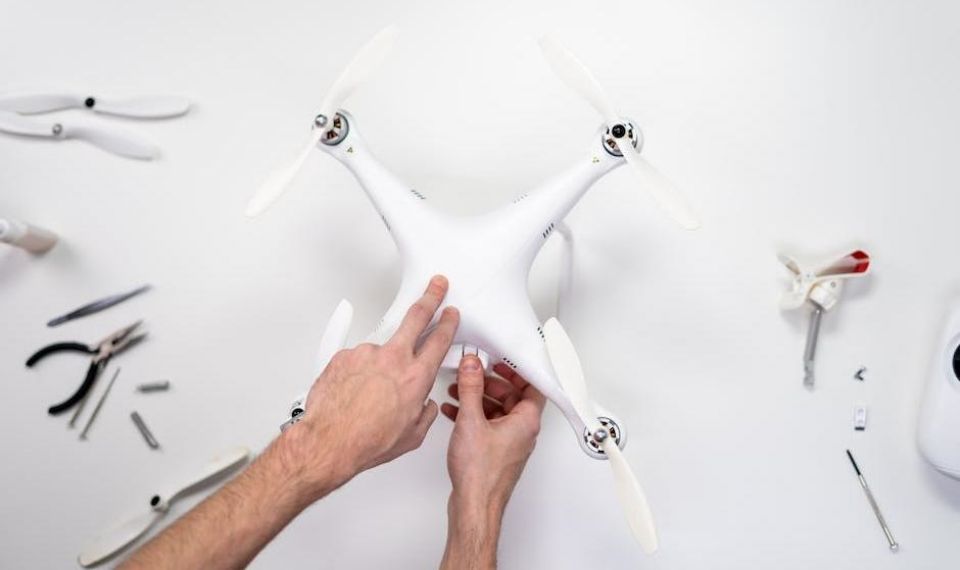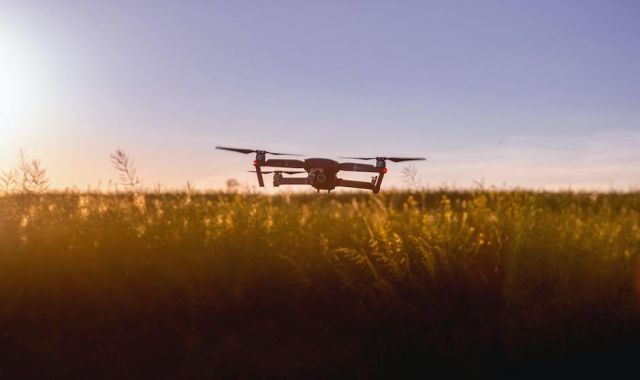
From serving as simple playthings for hobbyists to playing crucial roles in diverse sectors including agriculture, search and rescue, surveillance, journalism, and photography, the journey of drones has been interesting and in the very essence, evolutionary. Understanding this drone technology evolution is an enlightening dive into the advancements of technology.
One of the earliest known uses of drones was during World War I when the U.S. Army developed a radio-controlled aircraft known as the Kettering Bug, purposed to deliver cargos of explosives. However, with its limited technology back then, these were unable to be used effectively. Fast forward to 2005, and drones began to take the consumer world by storm. They started emerging as more than just military gadgets. Companies such as DJI and Parrot began developing consumer-friendly drones, typically used for aerial photography and videography.
A milestone in drone technology evolution was marked when Amazon announced drone delivery for their packages in 2013. This leap forward posed as a game-changer, implying that drones had a crucial role in logistics. Despite still being a concept in its infant stages, it paved the way for immense potential and broader possibilities for drone technology.
Another concrete instance showcasing the powerful stride in drone technology is its integration with artificial intelligence (AI). AI-powered drones opened myriad applications in surveillance and agriculture. For instance, in agriculture, these AI drones can fly over large fields, audibly scare away birds or other pests and even detect unhealthy plants using machine learning algorithms and infrared technology.
Moreover, advancements in battery technology significantly contributed to the drone’s technological evolution. Earlier, drones could hardly stay airborne for more than 20 minutes. However, modern drones boast flight times exceeding 30 minutes, even hours in some cases, thanks to lithium polymer batteries, which are not only lighter but also more efficient.
Modern drone technology also offers enhanced safety features such as collision detection and avoidance, geo-fencing, and return-home functions. Drones now come equipped with sensors and software that can detect an object or person and adjust the drone’s flight to avoid contact. Even more, drones can now also recognize no-fly zones such as airports and critical infrastructures, preventing hazardous accidents.
Another fascinating development in this evolution can be seen in drone swarming technology. This allows multiple drones to operate in cohesion, offering the potential for a multitude of applications such as spectacular light shows, search and rescue missions, and surveying vast land areas more efficiently.
Much like any other technology, the evolution of drone technology has been driven by necessity, curiosity, and the perpetual human quest toward better functionality. From their rudimentary and militaristic origins to their present multifunctional, user-friendly, and AI-powered state, drones have indeed come a long way. Indeed, beholding the transformative journey of drone technology signals a promising era of technological evolution where functionality blends perfectly with efficiency.









